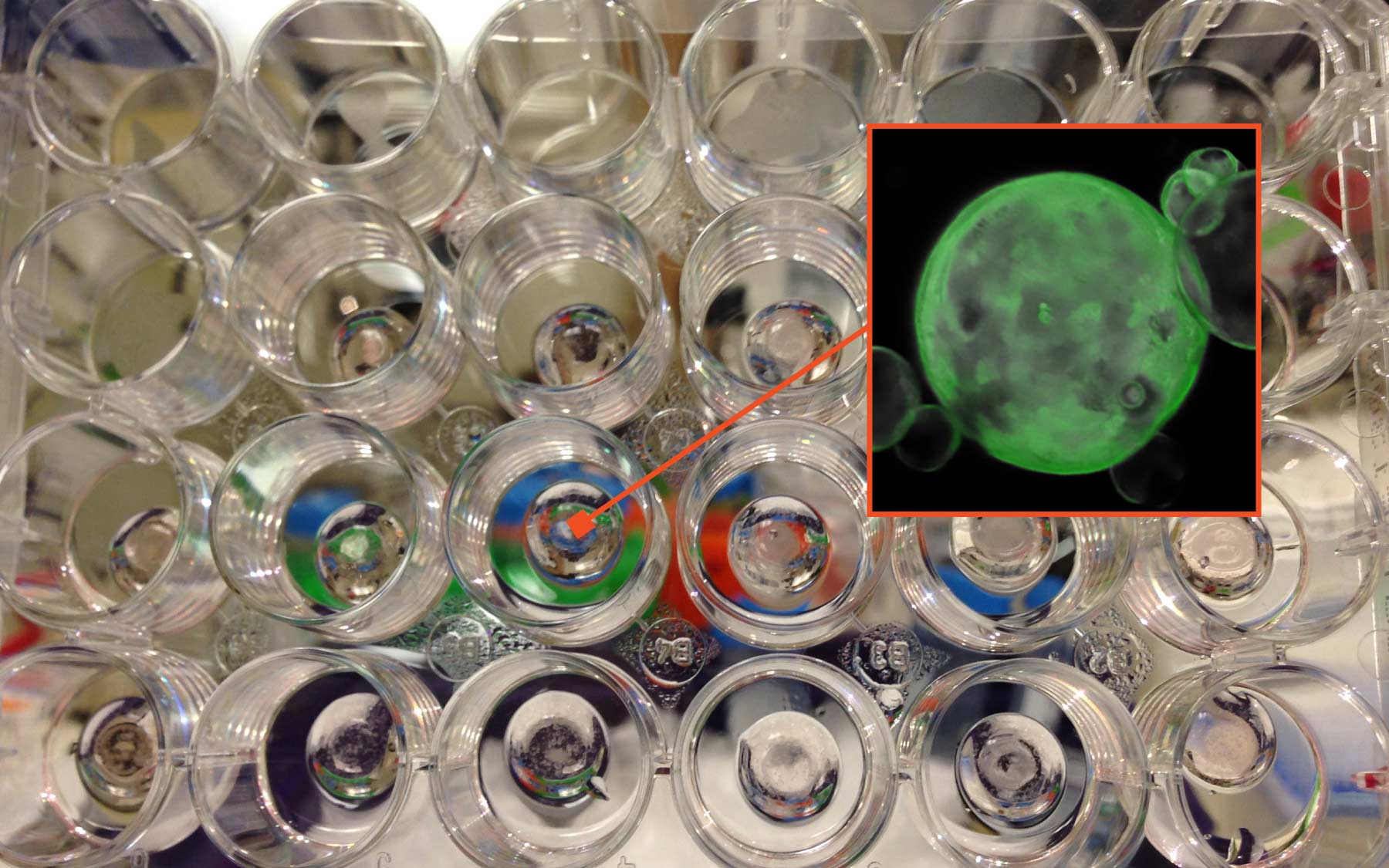Studying cancer isn’t easy. Mouse models are expensive, biopsies can be inexact, and human cancer patients are (thankfully) in limited supply. So how can researchers make effective and efficient progress? The technology known as “organoids” is one promising answer.
Organoids are spheres of cells cultured from the tumors of cancer patients. They’re what experts call a “3D culture system,” and are devoid of factors that may otherwise contaminate important experiments.
The NCI-designated Cancer Center at Cold Spring Harbor Laboratory (CSHL) has pioneered the use of organoids, confident that this technology can further efforts to understand cancers. Now, David Tuveson, M.D. Ph.D., Director of the CSHL center and Chief Scientist for the Lustgarten Foundation, and Hans Clevers, Ph.D. of the Hubrecht Institute, are sharing what they have learned about this technology in a comprehensive review for the journal Science.
“The prospect that this approach will have a positive impact for basic cancer research and clinical advance,” the experts conclude, “is palpable.”
Read the whole review in the latest issue of Science.
Written by: Brian Stallard, Content Developer/Communicator | publicaffairs@cshl.edu | 516-367-8455
